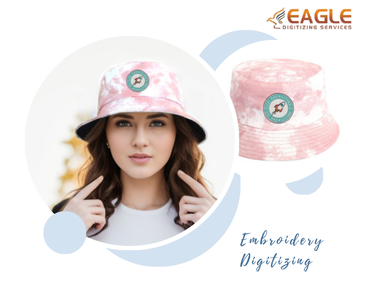How to Convert an HTML File into a Vector
In the digital age, converting files from one format to another is a common necessity, especially when dealing with graphic design and web development. One such conversion that often arises is transforming an HTML file into a vector format. This process can be crucial for designers who need scalable graphics for various applications. In this guide, we will explore the steps and tools necessary to convert HTML files into vector graphics effectively. For those seeking professional assistance, services like vector art services can provide expert solutions.
Understanding HTML and Vector Formats
HTML, or Hypertext Markup Language, is the standard language used to create web pages. It structures content on the web and is primarily used for displaying text, images, and other multimedia elements. However, HTML itself is not a graphic format, which means it cannot be directly converted into a vector format without some intermediary steps.
Vector graphics, on the other hand, are images created using mathematical formulas. Unlike raster images, which are made up of pixels, vector graphics are scalable without losing quality. This makes them ideal for logos, illustrations, and any design that requires resizing. Common vector formats include SVG (Scalable Vector Graphics), AI (Adobe Illustrator), and EPS (Encapsulated PostScript).
Steps to Convert HTML to Vector
1. Extracting Images from HTML
The first step in converting an HTML file to a vector format is to extract any images or graphics that need to be converted. This can be done by viewing the HTML source code and identifying the image files. These images are usually in raster formats like JPEG, PNG, or GIF.
2. Using Vectorization Tools
Once you have the images, the next step is to convert them into vector format. There are several tools available for this purpose:
- Adobe Illustrator: A powerful tool that offers a "Image Trace" feature to convert raster images into vectors.
- Inkscape: A free and open-source vector graphics editor that can perform similar functions as Illustrator.
- Online Converters: Websites like Vector Magic or Convertio can convert images to vector format online.
For instance, using Adobe Illustrator, you can open the image file, select it, and use the "Image Trace" feature to convert it into a vector. You can then save the file in a vector format like SVG or AI.
3. Creating Vector Graphics from Scratch
In some cases, it might be necessary to recreate the graphics from scratch using a vector graphics editor. This is especially true if the original images are of low quality or if you want to make significant modifications. Tools like Adobe Illustrator and Inkscape are ideal for creating vector graphics from scratch.
Integrating Vector Graphics into HTML
Once you have your vector graphics, you can integrate them back into your HTML file. SVG is the most compatible vector format for web use, as it can be directly embedded into HTML. This allows for scalable and high-quality graphics on web pages.
To embed an SVG file into HTML, you can use the <img> tag or directly include the SVG code within the HTML file. This ensures that the graphics remain scalable and maintain their quality across different devices and screen sizes.
Challenges and Considerations
While converting HTML to vector graphics can be straightforward, there are some challenges to consider:
- Quality of Original Images: The quality of the original raster images can affect the final vector output. High-resolution images yield better vector results.
- Complexity of Graphics: Highly detailed images may require manual adjustments after vectorization to ensure accuracy.
- File Size: Vector files can sometimes be larger than their raster counterparts, especially if they contain a lot of detail.
Future Trends in Vector Conversion
As technology advances, the tools and methods for converting HTML to vector graphics are likely to become more sophisticated. We can expect improvements in AI-driven vectorization tools that can handle complex images with greater accuracy. Additionally, the integration of vector graphics in web design will continue to grow, as designers seek scalable and high-quality visuals for responsive web applications.
For those looking to streamline their design processes, exploring professional vector conversion services can be a valuable investment. Eagle Digitizing excels in delivering professional vector art services, transforming creative visions into scalable designs. Whether you're a designer, developer, or business owner, understanding how to convert HTML files into vector graphics can enhance your digital projects and ensure high-quality outcomes.



 Digitized Embroidery.png)